Bangladesh's fashion pollution: A wake-up call

Bangladesh's fast fashion sector, a powerhouse of economic growth, paradoxically sows seeds of environmental degradation. Every year, rivers turn darker, landfill sites grow wider, and air quality worsens. The country's heavy reliance on textile production for economic development comes with an enormous environmental price tag that is often overlooked in the global narrative of cheap, trendy clothing.
Rivers at risk: The water pollution crisis
The lifelines of Bangladesh — its rivers — are suffering. Hundreds of factories discharge untreated wastewater into water bodies, carrying a toxic brew of chemicals from dyes and detergents. The Buriganga River, once vibrant and full of life, now gasps under the effluents of textile processing units.
These pollutants not only devastate aquatic ecosystems but also compromise the health of millions who depend on these rivers for drinking water, and agriculture. The resulting contamination leads to widespread waterborne diseases and long-term ecological damage.
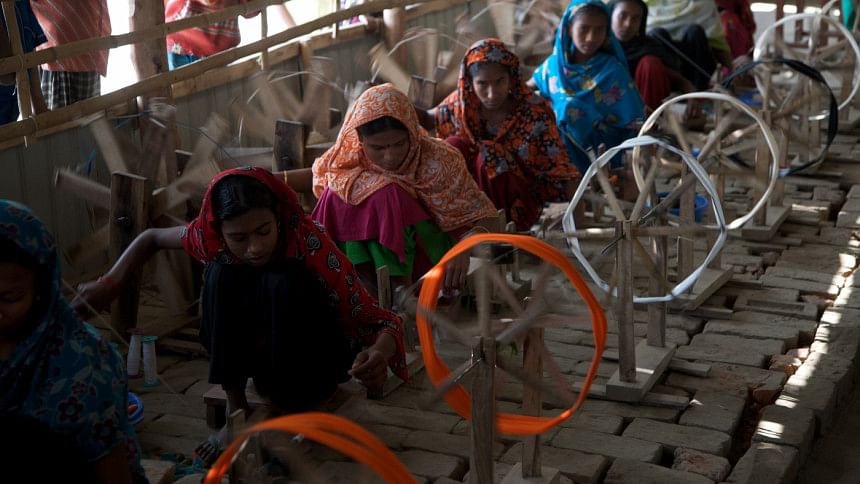
Carbon footprints and climatic changes
Bangladesh's contribution to global carbon emissions may seem minimal at first glance. However, the garment sector, integral to its economy, is responsible for a significant portion of these emissions. The energy-intensive production processes, fuelled primarily by coal and natural gas, exacerbate the carbon footprint.
Additionally, the synthetic fibres popular in fast fashion, such as polyester, are petroleum-based, adding to the overall environmental load. This carbon output significantly impacts local climate resilience, rendering the country even more vulnerable to its perennial nemesis — cyclones and floods.
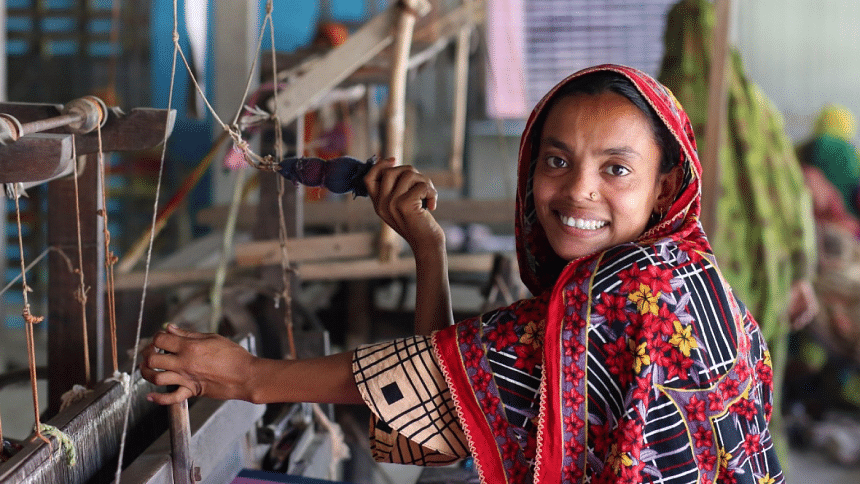
The growing mountains of textile waste
The aftermath of rapid clothing consumption is visible in the sprawling landfill sites across the country. Dhaka, the bustling capital, is surrounded by mountains of discarded garments. Annually, millions of tonnes of textile waste are generated, much of which is non-biodegradable.
The fast fashion model encourages consumers to view clothes as disposable, accelerating waste issues. This not only strains the already overwhelmed waste management systems but also contributes to soil contamination and methane emissions as these textiles decompose.

A call for sustainable transformation
The need for a shift to sustainable fashion practices in Bangladesh has never been more urgent. Initiatives like adopting eco-friendly dyes, water recycling in factories, and energy-efficient machinery can significantly mitigate environmental impacts.
Moreover, the concept of circular fashion — focusing on the reuse, recycling, and repurposing of garments — holds promise. This approach not only addresses waste management concerns but also paves the way for sustainable material innovation.
Consumer power and policy advocacy
The role of consumers in this transformation is pivotal. An increasing awareness of the environmental costs of their fashion choices is prompting many to turn towards ethical brands. Demand for transparency in the fashion supply chain is growing, compelling companies to rethink their production practices.
Simultaneously, there is a strong call for robust environmental policies. The Bangladeshi government, along with international stakeholders, must enforce stricter regulations on waste management and pollution control. Policies that incentivise sustainable practices and penalise environmental violations can significantly alter the landscape of the fashion industry.
Weaving a new narrative
The path to sustainability is fraught with challenges but filled with opportunities. By integrating traditional practices with modern innovations, Bangladesh can redefine its fashion narrative. As the world becomes increasingly conscious of environmental issues, Bangladesh's journey towards sustainable fashion could set a precedent for other nations. The time is ripe for the country to stitch a new story, one where fashion respects and nurtures the environment, transforming the very fabric of the industry.
Photo: Friendship Colours of the Chars

 For all latest news, follow The Daily Star's Google News channel.
For all latest news, follow The Daily Star's Google News channel. 

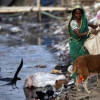
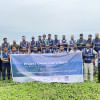
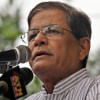

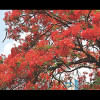


Comments